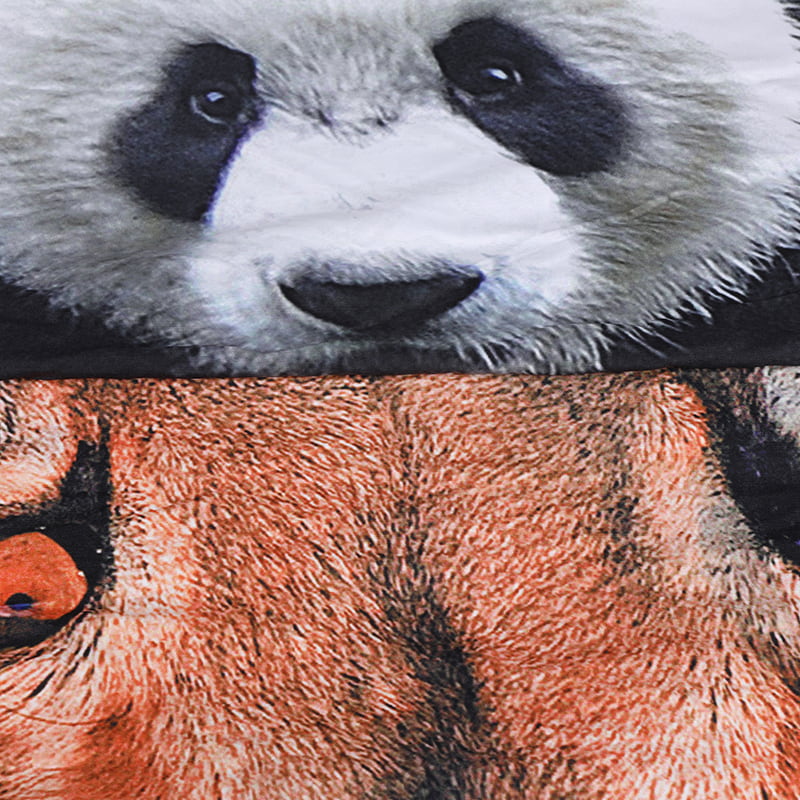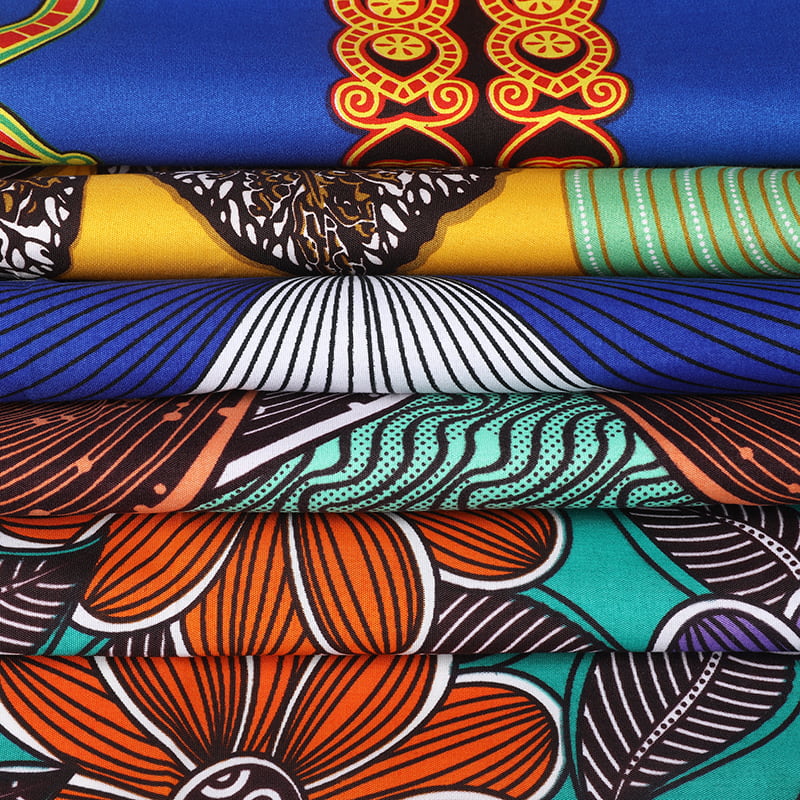With the ever-increasing advancement of digital textile printers, the industry is seeing more and more designers making a full transition to this method. Digital printing allows us to produce high quality prints on almost any type of fabric. It’s perfect for those who are looking to create unique, one of a kind fabrics that will stand out in a crowd.
Generally, digital fabric printing is used on cottons and polyamide lycra fabrics (swimwear). But it can be done on silk and wool as well. This technology uses a special ink that is designed for each type of fabric. This ink contains either acid or reactive dyes depending on the end use of the fabric. Reactive inks are great for creating saturated colors while acid inks provide excellent wash fastness and color gamut.
Digital printing is ideal for smaller manufacturers that are looking to save production costs. It is less expensive than screen printing because it doesn’t require a costly setup and teardown. Digital printing also allows for shorter run sizes and faster sampling time. This is because a new rotary screen isn’t needed for each pattern that changes. This helps to reduce your overall fabric cost as well as your overhead cost.
The most important benefit of digital printing is that it gives you more design options. Because the printer is a lot more flexible than a traditional screen print, it can be used to make highly detailed designs. It can also be used to create gradations or continuous tones, which results in a photograph-like finish.
Using a digital print also gives you more flexibility with placement and scale. You can choose to have your design print as an allover or you can select specific placements of the design. This way if you want to sew your design into a seam it will print right into the seam without having to awkwardly cut off or stop the design.
Another advantage of digital printing is that you can have your fabric printed in any width and length you need. This makes it easier for home decorating businesses to create the look that they want for their products. It is also more cost-effective for small manufacturers to print in short runs as opposed to larger long-run productions.
















